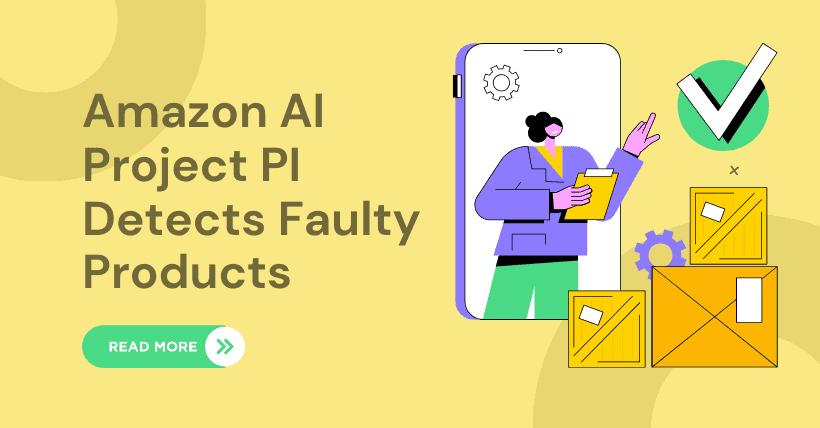Nowadays, “online shopping” has become a commonplace activity for ordinary people. This emerging shopping method is very convenient and efficient, greatly enhancing the shopping experience and quality of life.
However, on the other hand, it is undeniable that online shopping (or e-commerce) has some shortcomings, one of which is the ease of disputes arising. Once a dispute occurs, it is very difficult to investigate and handle.
For example, a user may buy an item from a large e-commerce self-operated store and discover upon receipt that the item is damaged, defective, second-hand, or even not as described, or has been swapped out. Such issues occur globally.

Unlike shopping in physical stores, where transactions are conducted face-to-face and the goods can be inspected immediately, online shopping involves many steps and people from the moment the order is placed until the goods are received. Any mischief at any stage can lead to these problems. It is challenging for consumers to provide evidence and defend their rights, and for e-commerce platforms to trace the cause.
Objectively speaking, no method can eliminate such issues, but it is still necessary to adopt technical means to detect and avoid such behaviors as much as possible. Recently, Amazon, a well-known overseas e-commerce company, introduced a new measure for reference.
On June 3, Amazon announced the deployment of an AI system called “Project PI” in several of its North American operation centers. This system uses various tools to scan for possible errors and defects in products.

Project PI combines generative AI and computer vision technology to detect some defects before products reach customers, such as damage or incorrect color and size. Additionally, it helps identify the cause of operational issues so that relevant departments can take preventive measures to avoid similar problems in the future.
Specifically, after a user places an order, the product passes through an imaging tunnel where Project PI uses computer vision to scan the item. It then evaluates the images to detect any defects.
If a defect is found, the system automatically isolates the item, preventing it from moving to the next stage. The relevant department will then verify and confirm the issue. Project PI can significantly reduce inspection costs and improve efficiency.

Of course, no matter how powerful the AI is, it cannot detect all potential problems, and some issues may still slip through. If this happens and customer feedback is received, Amazon’s technical team will immediately investigate the cause and improve Project PI and various verification processes.
However, it is important to note that Project PI is only applicable to inspecting a portion of products, as it only scans the external packaging and does not detect the entire actual product. Therefore, it is not suitable for detecting digital accessories like processors and graphics cards.
In summary, objectively speaking, Project PI can only reduce the likelihood of customers receiving problematic items to a certain extent and cannot eliminate it. Consumers should still be cautious when purchasing expensive digital items and keep evidence such as unboxing videos.
Despite this, Amazon’s exploration and practice of using AI to detect products is still very beneficial, and its ultimate effectiveness remains to be tested over time.

Disclaimer: This article is created by the original author. The content of the article represents their personal opinions. Our reposting is for sharing and discussion purposes only and does not imply our endorsement or agreement. If you have any objections, please get in touch with us through the provided channels.



